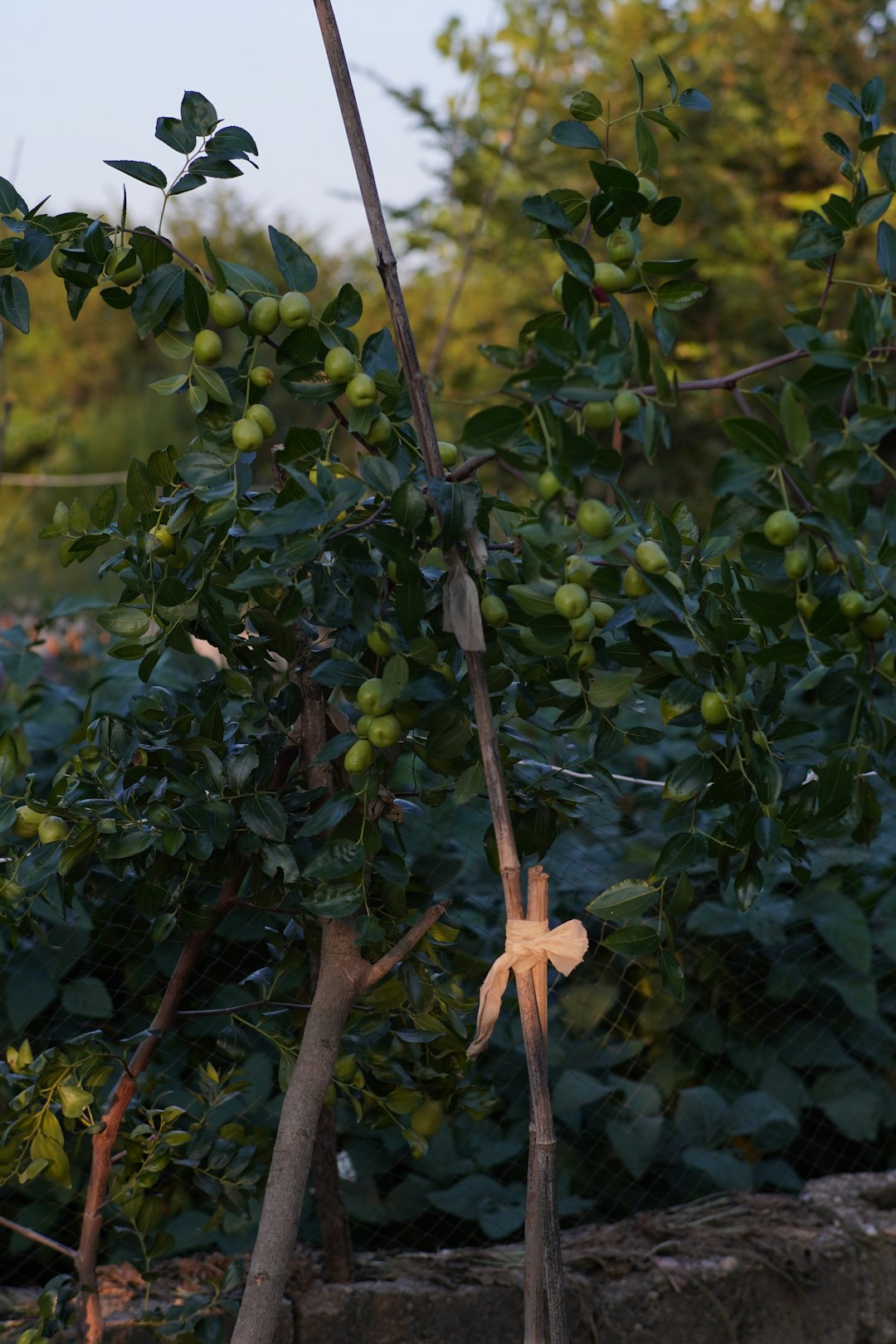Unveiling the Secrets of Cultivating a Stunning Red Buckeye Tree

Embarking on the journey of gardening is a rewarding endeavor, and one of the most captivating trees to add to your landscape is the red buckeye. This magnificent tree not only graces your garden with its striking flowers but also provides a habitat for various wildlife. In this guide, we will delve into the essential steps of planting and growing a red buckeye tree, ensuring it thrives and becomes the centerpiece of your outdoor space.
Selecting the Ideal Location
The first crucial step in growing a red buckeye tree is choosing the right location. Red buckeyes prefer partial shade to full sun, making areas that receive a few hours of direct sunlight in the morning and are shaded in the afternoon ideal. Avoid planting the tree in areas that are prone to strong winds, as the branches of the red buckeye can be brittle and may break easily. Additionally, ensure that the location has enough space for the tree to grow to its full size. Red buckeye trees can reach a height of 15 to 20 feet and have a spread of 10 to 15 feet, so plan accordingly.
Preparing the Soil
Red buckeye trees thrive in well - drained, moist, and fertile soil. Before planting, test the soil to determine its pH level. Red buckeyes prefer slightly acidic to neutral soil, with a pH range of 5.5 to 7.0. If the soil is too alkaline, you can amend it by adding organic matter such as peat moss, compost, or pine needles. These materials will help lower the pH and improve the soil structure.
Dig a hole that is twice as wide and just as deep as the root ball of the tree. Loosen the soil at the bottom and sides of the hole to allow the roots to penetrate easily. Mix some compost or well - rotted manure into the soil that you removed from the hole. This will provide the tree with essential nutrients as it establishes itself.
Planting the Red Buckeye Tree
Carefully remove the red buckeye tree from its container or burlap wrapping. Gently tease the roots apart if they are tightly bound. Place the tree in the center of the hole, ensuring that the top of the root ball is level with the surrounding soil. Backfill the hole with the amended soil, gently tamping it down as you go to remove any air pockets.
After planting, water the tree thoroughly to settle the soil around the roots. Apply a layer of mulch around the base of the tree, keeping it a few inches away from the trunk. The mulch will help retain moisture, suppress weeds, and regulate soil temperature.
Watering Needs
Proper watering is essential for the health of a red buckeye tree, especially during its first few years of growth. Newly planted trees need regular watering to establish a strong root system. Water the tree deeply once or twice a week, depending on the weather conditions. The soil should be kept consistently moist but not waterlogged.
During dry spells, increase the frequency of watering. However, be careful not to overwater, as this can lead to root rot. You can check the moisture level of the soil by inserting your finger into the soil up to the second knuckle. If the soil feels dry at that depth, it's time to water.
Fertilizing the Tree
Red buckeye trees generally do not require a lot of fertilization. However, a light application of a balanced, slow - release fertilizer in the spring can help promote healthy growth and abundant flowering. Follow the instructions on the fertilizer package for the correct application rate.
Do not fertilize the tree in the fall, as this can encourage new growth that may not have time to harden off before winter, making the tree more susceptible to cold damage.
Pruning and Maintenance
Pruning is an important part of maintaining a red buckeye tree. Prune the tree in the late winter or early spring while it is still dormant. Remove any dead, damaged, or diseased branches. You can also shape the tree by selectively pruning branches to improve its appearance and structure.
Keep an eye out for pests and diseases. Red buckeye trees can be susceptible to aphids, scale insects, and leaf spot diseases. Regularly inspect the tree for any signs of infestation or disease and take appropriate measures to control them. This may include using insecticidal soaps or horticultural oils for pests and fungicides for diseases.
Enjoying the Rewards
With proper care and attention, your red buckeye tree will reward you with its stunning flowers in the spring. The large, showy clusters of red or pink flowers are a sight to behold and attract hummingbirds and butterflies to your garden. As the tree matures, it will also provide shade and a beautiful focal point in your landscape.
So, roll up your sleeves, follow these steps, and watch as your red buckeye tree grows into a magnificent addition to your outdoor space. Happy gardening!